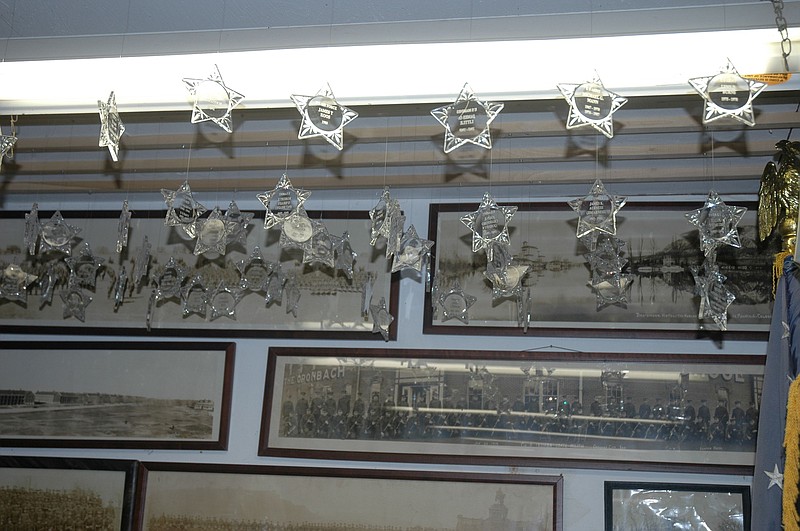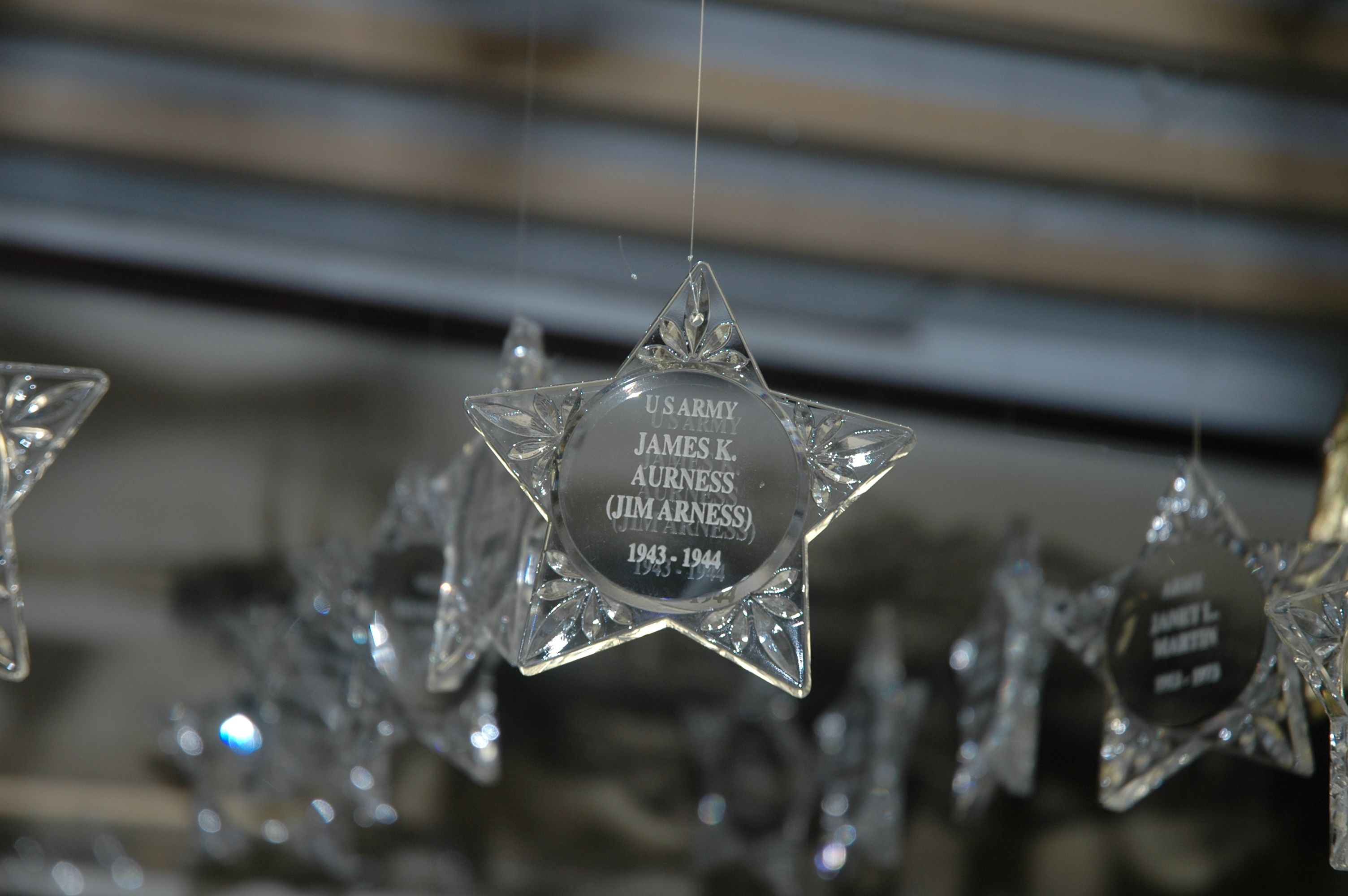James Henager, a 65-year-old Vietnam War-era veteran, has an audacious dream.
His vision is taking shape in a 6,000-square-foot building, the site of a former custom furniture- and cabinet-making business in little Buckskin, Ind.
Buckskin, which sits near the junction of Interstates 64 and 69 in southwestern Indiana, is not so much a town as it is a cluster of about 30 houses 20 miles northeast of Evansville.
The recycled building has been converted into the National Veterans Memorial, which represents a grassroots effort by a group of heartland veterans to start a shrine to the millions of Americans who have served in the armed forces.
It's no accident that the big war memorials in Washington, D.C., are mostly dedicated to 20th-century conflicts, Henager says. They are, after all, built and maintained by the political class for living voters with checkbooks, he believes.
"Do you see a Spanish-American War memorial? Do you see a War of 1812 memorial? No," he says.
Henager says a friend of his grandfather's, a Civil War soldier, died destitute and was buried in an unmarked grave. The names of people like him will be lost to history, he said, unless family members step up and preserve their memories in a place like the National Veterans Museum.
Henager, a disabled former woodworking craftsman, envisions a more universal memorial - one that honors all veterans and doesn't "glorify" particular conflicts.
"Nobody has ever tried to honor everybody [who served in the military], instead of a time period or a particular war," Henager says.
While the National Veterans Memorial, as it has been dubbed, is largely still a vision, Henager and his associates have trademarked the name, built a website and begun gathering seed funds with hopes of eventually buying property and building a grand complex.
For now, the building in Buckskin is home to the memorial, which includes vintage photographs and about 150 leaded crystal stars inscribed with the names, service dates and military branches of U.S. veterans, living and dead.
It costs $100 to have a star inscribed for yourself, or a loved one, Henager says. He notes that all of the money is applied to the cost of making the glass stars along with commemorative medals for the veteran's family.
Henager recently contacted the Times Free Press to call attention to a drive to raise $500 to create stars bearing the names of the five servicemen killed in the July 16 attacks here. The link, if you're interested, is www.gofundme.com/sj8mtk.
Henager said his disability dates back to the early 1970s when he was hit by a car while serving stateside as an Air Force medic at a military base in Belton, Mo. He still has back, leg and neurological problems associated with that incident, he says.
His dream is oversized, and includes finding 200 acres to build a cluster of buildings for the National Veterans Memorial. He estimates that the total cost might approach $100 million. So far, he and his board of directors have raised about $17,000, he says.
He sees a central building with a rotunda containing thousands, if not millions, of the little 4-inch memorial stars. Also on the grounds, he envisions a series of recreation areas, including a fishing pond designed for veterans who use wheelchairs.
"We have a phrase we use: by vets, for vets," Henager explains, noting that all of the organizers understand that they will never receive a penny from the effort.
Henager says there are 43 million reasons to build the National Veterans Museum. That's how many service people have worn the nation's uniform dating back to the Revolutionary War, he says.
Only 42,999,850 crystal stars to go.
For more information, see nationalveterans memorial.com.
To suggest a human interest story contact Mark Kennedy at mkennedy@timesfree press.com or 423-757-6645.
Follow him on Twitter @TFPCOLUMNIST. Subscribe to his Facebook updates at www.facebook.com/mkennedy columnist.

